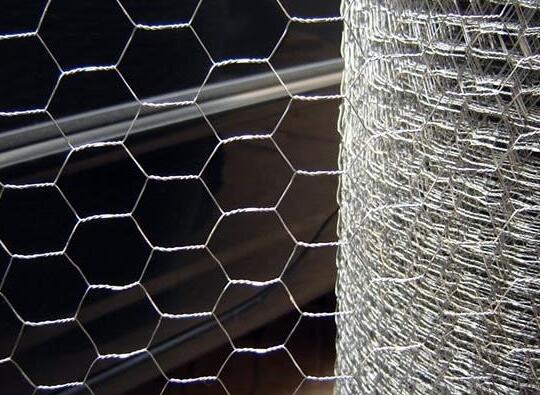Understanding Anchor Nails for Concrete A Comprehensive Guide
Anchor nails, also known as concrete nails, are essential components in construction and renovation projects. These specialized fasteners are specifically designed to secure items to concrete or masonry surfaces, ensuring stability and durability in various applications. In this article, we'll delve into the properties, types, installation methods, and applications of anchor nails for concrete, providing an insightful overview for both professionals and DIY enthusiasts.
What Are Anchor Nails?
Anchor nails are heavy-duty nails engineered to provide superior holding power when anchoring structures to concrete or masonry. Made from hardened steel, these nails feature a smooth shaft with a sharp tip that allows for easy penetration into tough surfaces. Unlike regular nails, anchor nails are specifically treated or designed to withstand the pressure and stresses inherent in concrete installations.
Types of Anchor Nails
1. Concrete Nails Often made from hard alloys, these nails have fluted or spiral shafts designed for optimal gripping inside the concrete. They are suitable for light to moderate loads.
2. Masonry Nails Similar to concrete nails but often slightly larger, masonry nails can also be employed in softer brick or block materials.
3. Expansion Anchors These are not nails per se, but they often work in conjunction with them. Expansion anchors are installed into pre-drilled holes and expand against the walls of the hole as a bolt or screw is tightened, offering excellent holding power for heavier loads.
4. Sleeve Anchors These consist of a removable bolt and a sleeve that expands inside the concrete when the bolt is tightened, making them ideal for securing fixtures to concrete surfaces.
Installation Methods
Installing anchor nails requires some basic tools and specific techniques to ensure that they function effectively
1. Choose the Right Nail Determine the load-bearing needs of your project and select the appropriate type and size of anchor nail.
anchor nails for concrete

2. Drill Pilot Holes If using heavy-duty screws or expansion anchors, it’s essential to drill a pilot hole using a hammer drill and a carbide-tipped drill bit. The size of the pilot hole should correspond to the diameter of the anchor nail or screw being used.
3. Insert the Anchor Nail For smaller concrete nails, you can often use a hammer to drive them directly into the concrete. For larger anchors, insert the anchor into the prepared hole.
4. Secure Firmly For expansion anchors, insert the bolt and tighten it until the anchor expands firmly against the concrete, ensuring maximum holding strength.
Applications
Anchor nails serve a multitude of purposes in both residential and commercial construction
- Framing and Structuring Used to secure wooden frames to concrete foundations, ensuring a solid structure.
- Installing Fixtures and Heavy Items Ideal for hanging shelves, cabinets, or heavy machinery onto concrete walls.
- Repair Work Effective for fixing cracks or securing loose bricks that may have become dislodged over time.
- Outdoor Installations Used in securing outdoor furniture, planters, or fencing to ensure they resist weather-related shifts.
Conclusion
Anchor nails play a crucial role in construction, offering a reliable solution for fastening materials to concrete surfaces. With various types available and specific installation techniques required, understanding how to choose and properly use anchor nails can help ensure the longevity and safety of any project. Whether you are a professional contractor or a DIY hobbyist, the right anchor nail can make all the difference in achieving robust and dependable results. Always follow safety guidelines and best practices to maximize the effectiveness of your chosen anchor nails for concrete.

















